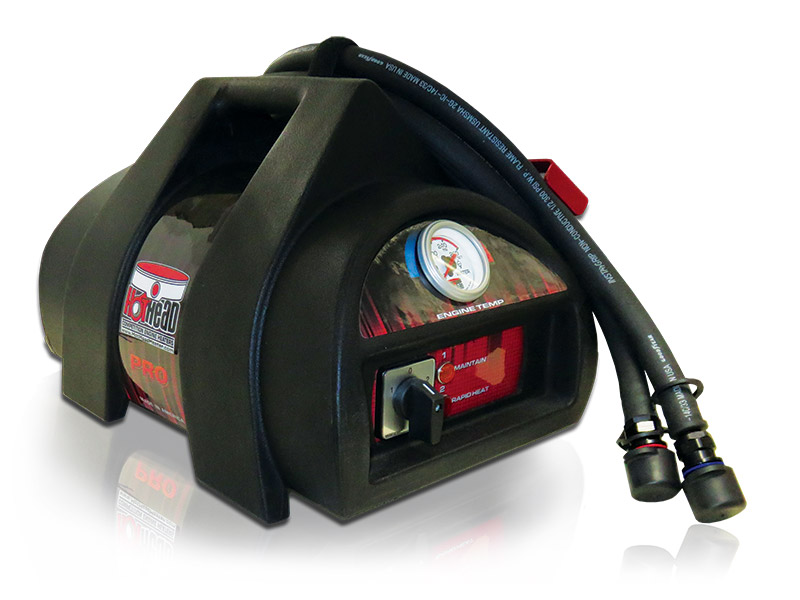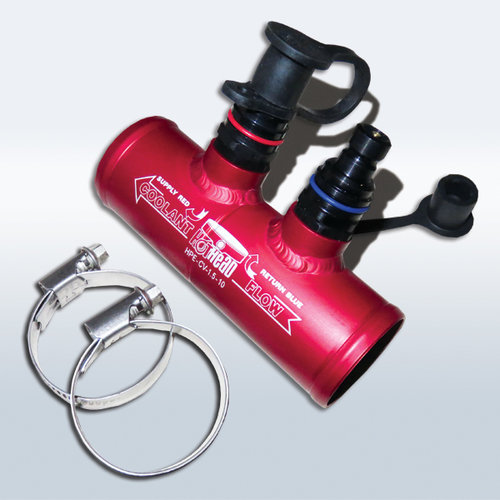Engine block heaters, also known as water jacket heaters and engine preheaters, are essential to maintaining the ideal starting temperature for your diesel and natural gas generators. According to NFPA Regulation 110, all mission-critical standby generators must be able to start and reach the operating state within 10 seconds of a power outage. This requires that engine coolant be held at 100 to 120 degrees Fahrenheit to avoid dangerous cold starts. You can see best micro sprint engine heater on different websites.

Most new generators are available with block heating as standard. However, it is best to find out what considerations are needed when choosing a heater of the right size. First, consider the fluctuation in ambient temperature. The colder the air, the more powerful the heater will need, for example. The amount of cooling water and the total surface area of the machine also play an important role.
What do block heating do?
Reduced engine wear: With temperatures maintained between 100 and 120 degrees, oil pressure is high enough to provide sufficient lubrication at start-up to limit metal to metal contacts associated with cold starts.
Reducing emissions: cold engines don't work efficiently. Less fuel burn causes a damp build-up and black smoke. Heating makes it possible to reach optimal conditions immediately, to carry out proper fuel combustion and to limit engine wear. It also saves fuel for longer running times.
Less voltage in other systems: A cold battery has a reduced starting capacity and a cold start can significantly discharge the device's battery system.
